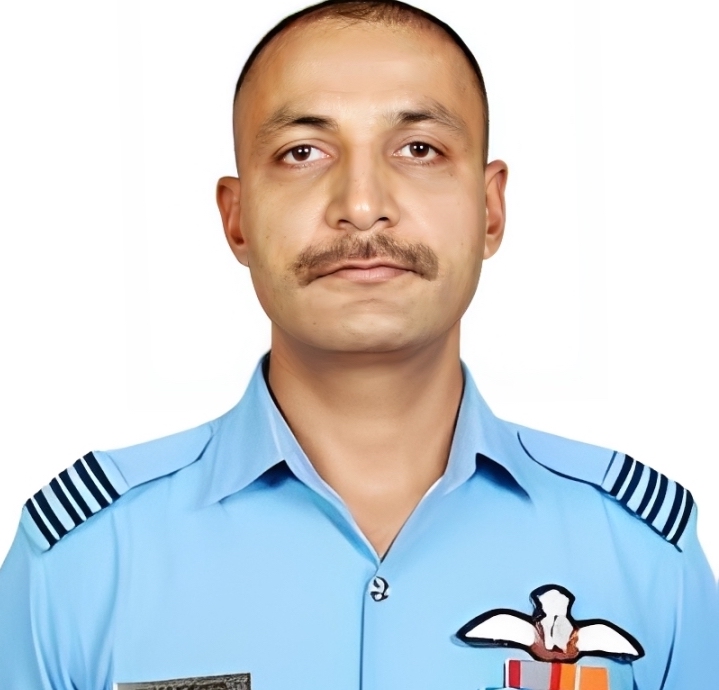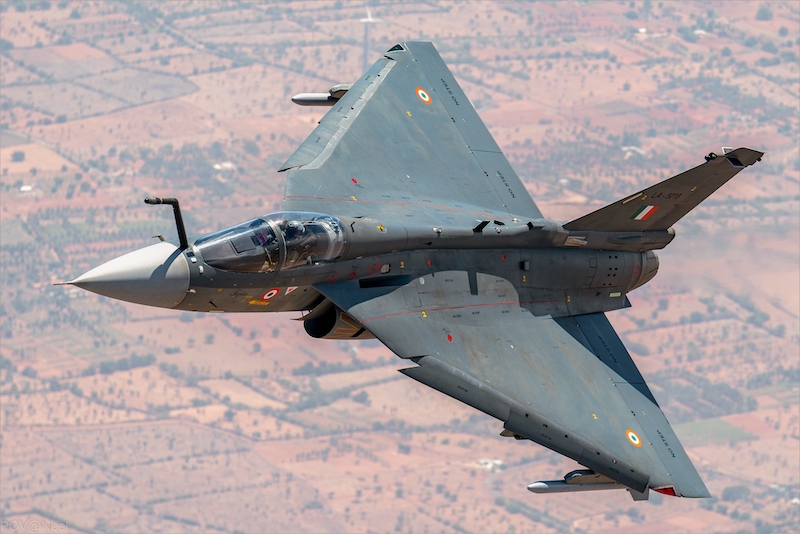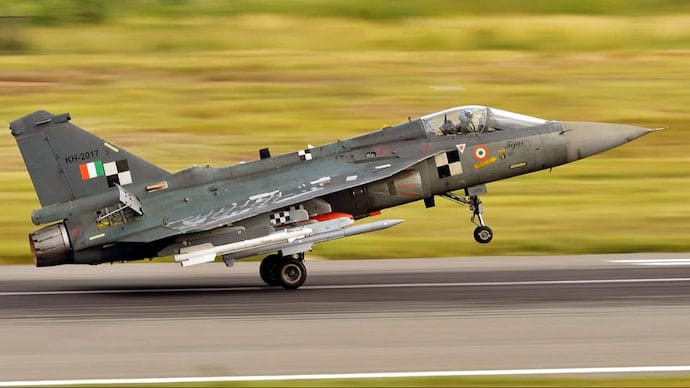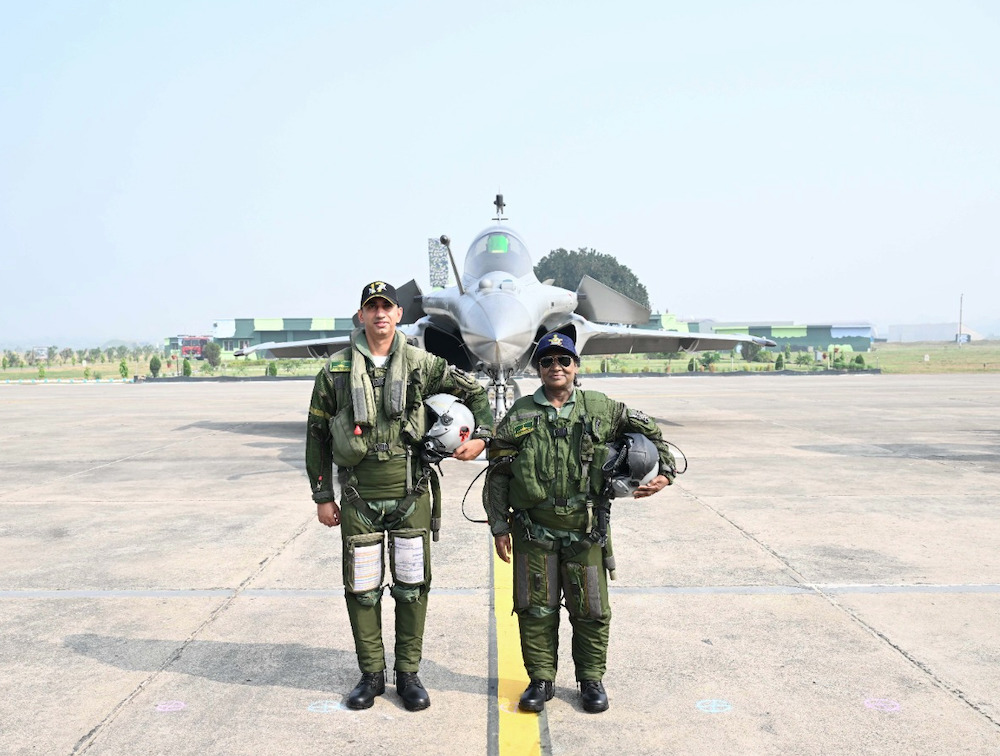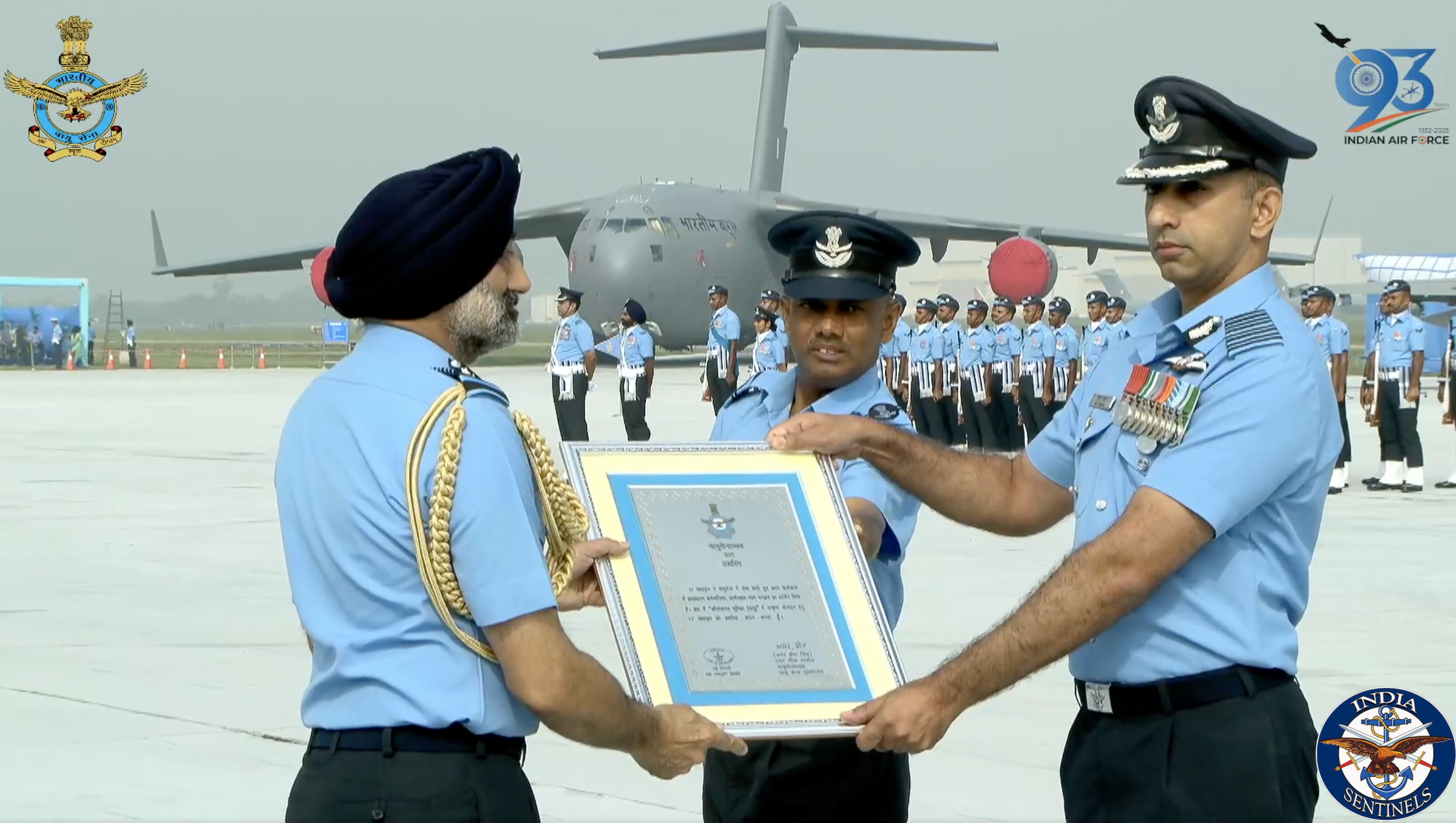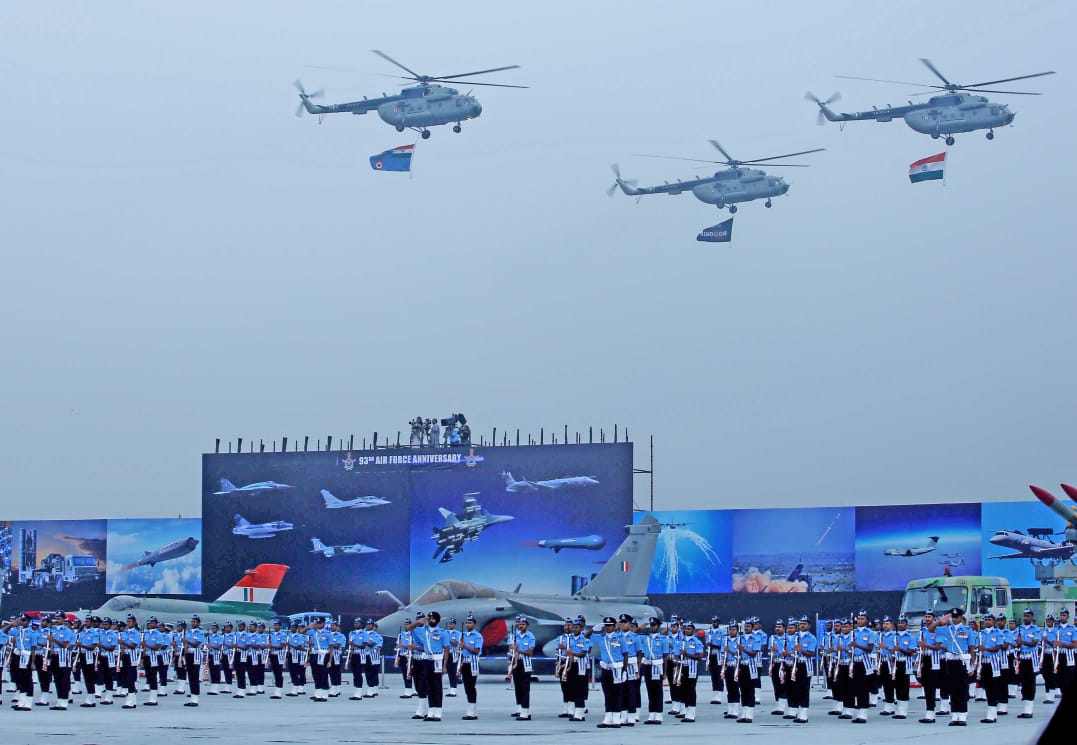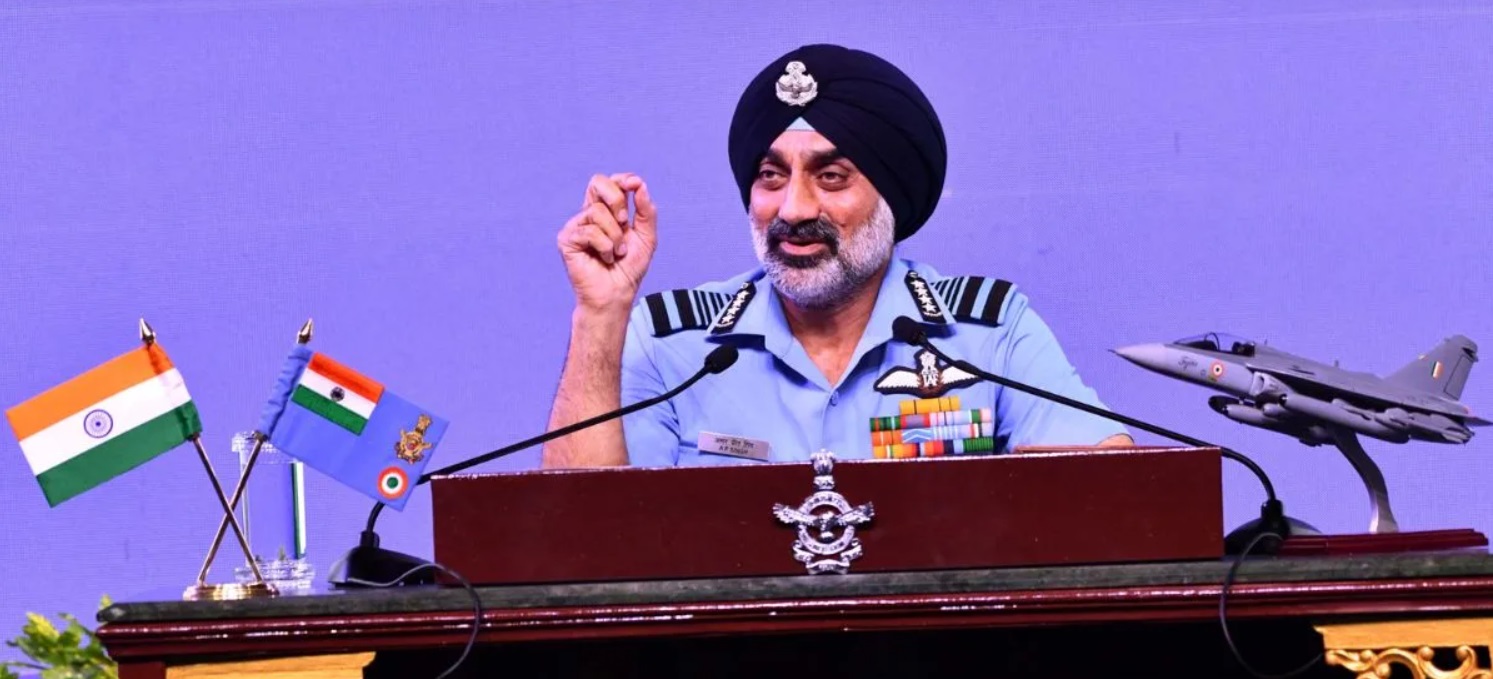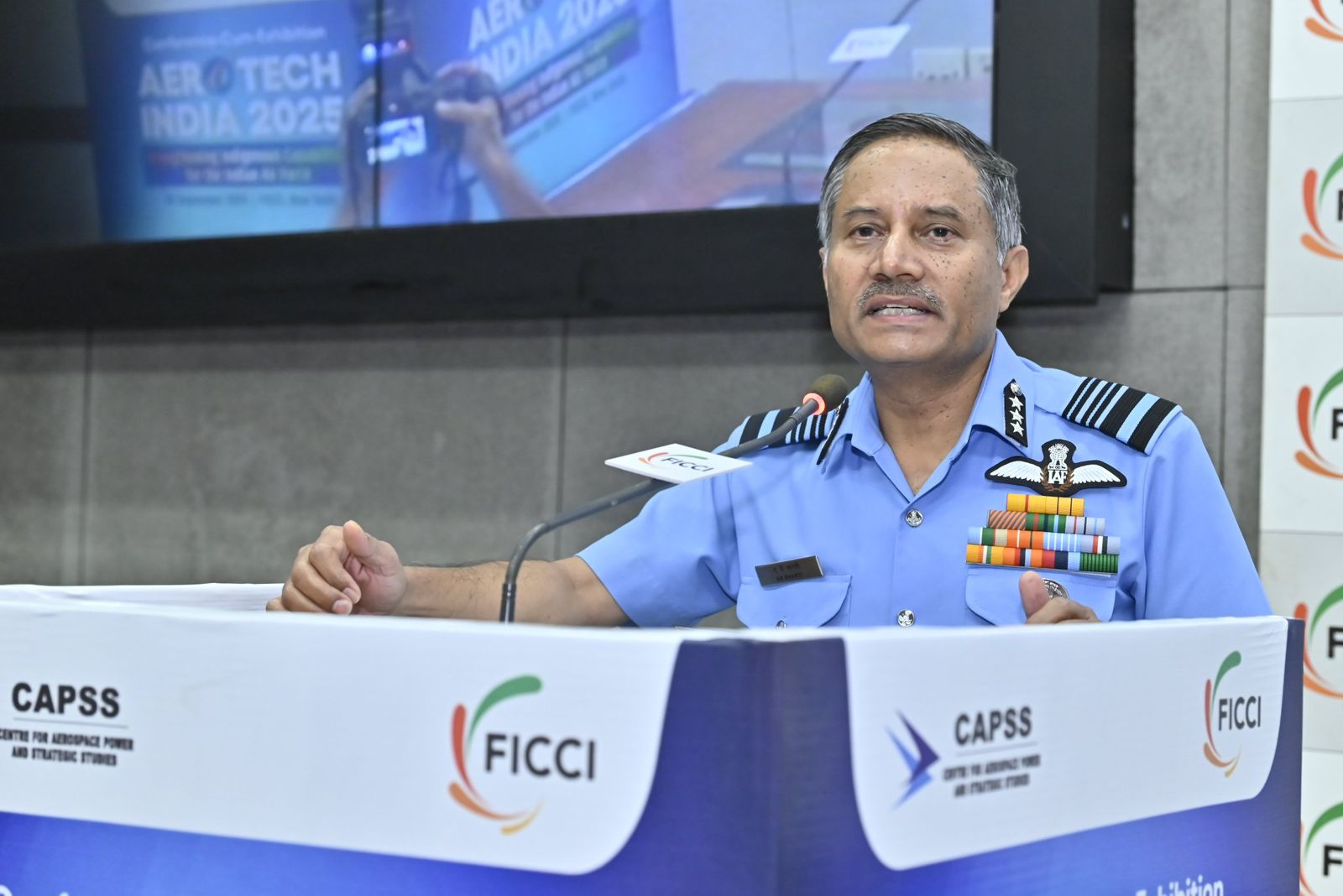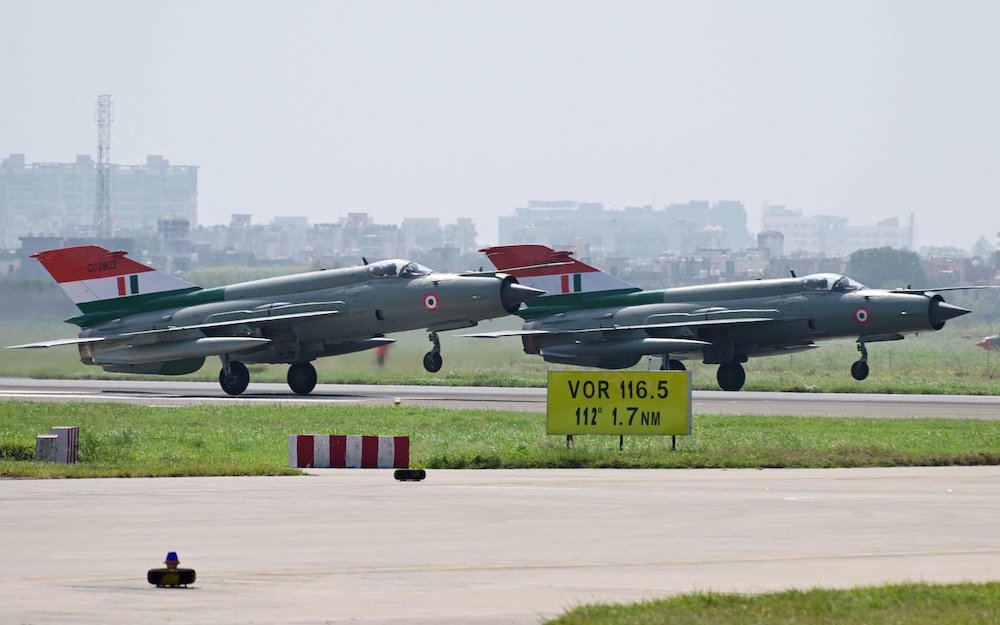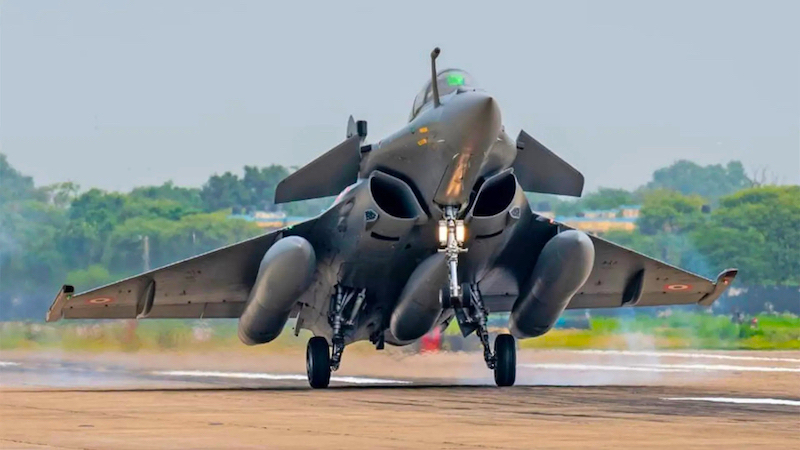 An Indian Air Force Rafale fighter jet. (File)
An Indian Air Force Rafale fighter jet. (File)
New Delhi: The Indian Air Force is locked in negotiations with France to secure access to the source code of its Rafale fighter jets, a move critical for integrating indigenous weapons and avionics, as India Sentinels had reported earlier. However, France’s reported reluctance to share this proprietary technology has sparked debates over technological sovereignty, intellectual property rights, and strategic autonomy in an era of shifting global alliances.
Why India Needs the Rafale Source Code
The Rafale’s source code India seeks governs its advanced electronically scanned array (AESA) radar and modular mission computer (MMC), which form the jet’s electronic backbone.
Without access, India cannot independently modify the aircraft to deploy homegrown systems, like the Astra Mk1 air-to-air missile (with a 100-plus-kilometre range) or the smart anti-airfield weapon (SAAW). Past experiences with the Mirage 2000 fleet, where restricted code access hampered upgrades, highlight the risks of foreign dependency during emergencies or wartime.
India’s push for the fighter’s source code aligns with its Atmanirbhar Bharat (self-reliant India) initiative, which aims to reduce reliance on foreign vendors for software updates and system modifications. Full code access would allow the IAF to tailor the Rafale for specific threats, such as high-altitude operations in Ladakh or electronic warfare against Pakistan’s JF-17s.
With squadron strength well below the sanctioned 42, the IAF seeks to maximize the Rafale’s versatility. Indigenous integration could save costs and time compared to relying on Dassault for every upgrade.
France’s Reluctance
The Rafale’s source code encapsulates decades of French R&D, including proprietary algorithms for radar, flight control, and electronic warfare. France fears leak to its geopolitical adversaries like Russia and China, especially given India’s complex security environment. Dassault also worries about reverse engineering, which could undermine its competitive edge in markets, like Egypt, Qatar, and Indonesia.
Sharing the source code with India could embolden other Rafale buyers to demand similar access, eroding France’s control over its defence exports. This risks fragmenting maintenance protocols and weakening Paris’s leverage in future deals.
Apart from that, France fears that unregulated modifications by third parties might introduce vulnerabilities, compromising mission safety during critical operations, like deep-strike sorties. According to available reports, France has instead proposed limited collaboration through joint technical teams and restricted software kits, which enabled the Astra Mk1’s integration without full code disclosure.
Diplomatic Nuances and Compromises
Despite the friction over the warplane’s source code, India-France relations remain robust. The recent ₹63,000 crore deal for 26 Rafale (Marine) naval fighters underscores their mutual trust. France views India as a key partner in countering Chinese influence in the Indo-Pacific, while New Delhi values French reliability compared to other suppliers, like Russia.
Experts suggest that both New Delhi and Paris might have to arrive at a middle path – phased code-sharing tied to specific projects or controlled environments. For instance, France might grant conditional access for integrating the SAAW while retaining core radar code. Such compromises, they say, would balance India’s sovereignty goals with France’s intellectual property concerns.
Strategic Implications
India’s quest reflects a broader shift among nations to control critical military technologies. The stand-off highlights the challenges smaller powers face in navigating great-power rivalries while pursuing self-reliance. For now, the IAF’s Rafales remain a potent deterrent, but long-term strategic autonomy hinges on bridging the code-access gap – a dilemma that will shape India’s defence trajectory in the decade ahead.

